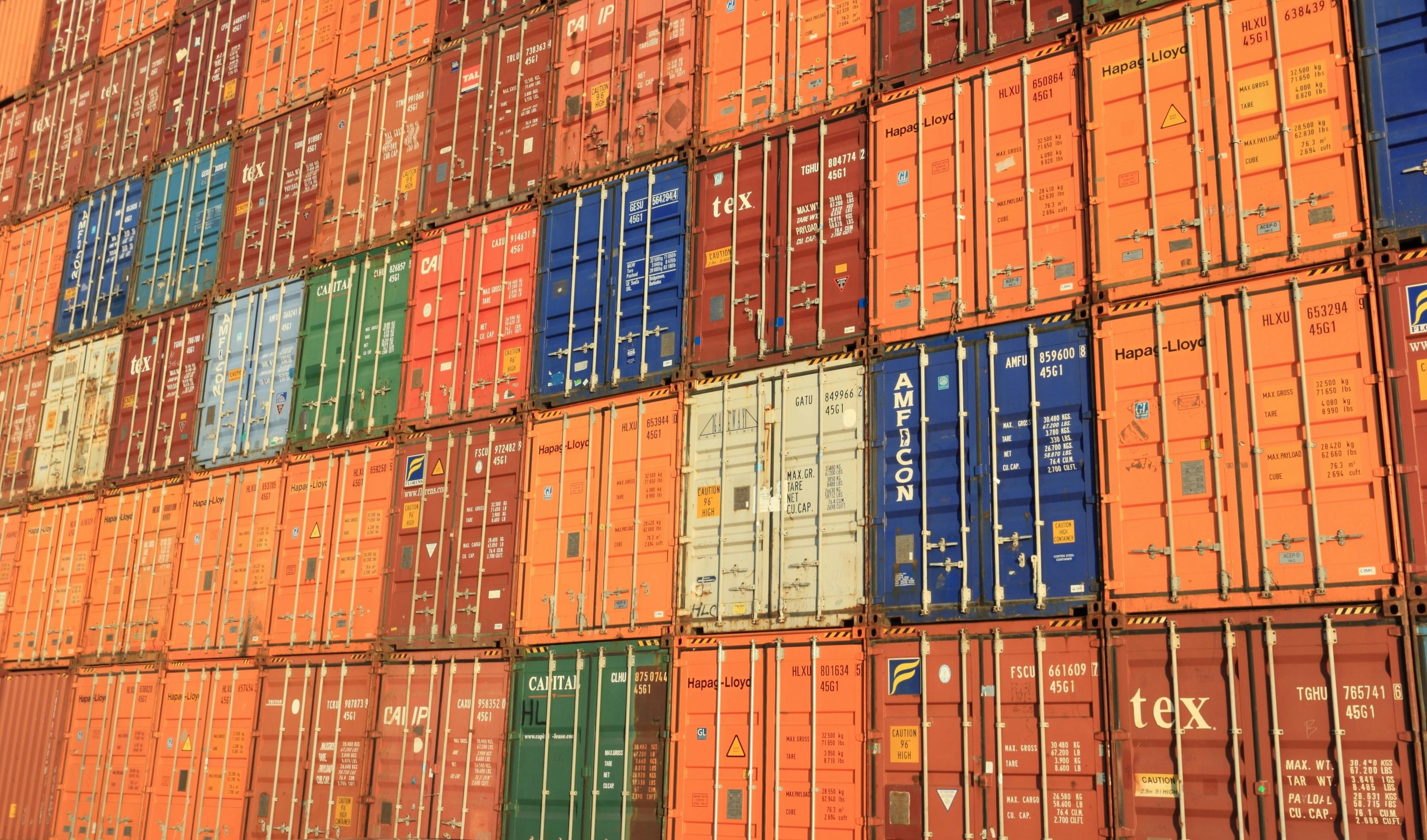

Understanding the ins and outs of cargo claims is crucial for anyone involved in the transportation and logistics industry. Cargo claims arise when goods are lost or damaged during transit, leading to financial losses and operational disruptions. This guide delves into the basics of cargo claims, helping you sail through the process effectively.
What’s a Cargo Claim?
A cargo claim refers to a demand made by a shipper or consignee to a carrier for financial compensation due to loss or damage to goods during transportation. These claims are typically based on the terms of the contract of carriage, which outlines the carrier’s responsibilities and liabilities.
Common Causes of Cargo Claims
Cargo claims can arise from various causes, including:
- Physical Damage: Goods may be damaged due to mishandling, accidents, or inadequate packaging.
- Theft: Cargo theft is a significant risk, particularly for high-value goods.
- Weather Conditions: Extreme weather can lead to damage or loss of cargo.
- Improper Loading/Unloading: Incorrect handling during loading or unloading can result in damaged goods.
- Container Issues: Faulty or inappropriate containers can compromise the safety of the cargo.
Steps to Filing a Cargo Claim
Filing a cargo claim involves several critical steps:
1. Notification of Loss or Damage
The first step in the cargo claims process is notifying the carrier of the loss or damage. This should be done as soon as the issue is discovered. Prompt notification is crucial as delays can affect the validity of the claim.
2. Documentation
Proper documentation is vital for a successful cargo claim. The following documents are typically required:
- Bill of Lading: This document serves as a receipt for the cargo and outlines the terms of the contract of carriage.
- Delivery Receipt: It should note any visible damage to the cargo at the time of delivery.
- Inspection Reports: If an inspection was conducted, reports should be included.
- Invoices: These help establish the value of the cargo.
3. Submitting the Claim
Once all necessary documents are gathered, the claim should be submitted to the carrier. The claim should be clear and concise, detailing the nature and extent of the loss or damage and the amount of compensation sought.
4. Carrier’s Response
Upon receiving the claim, the carrier will investigate the issue. This may involve inspecting the damaged goods, reviewing the documentation, and determining liability. The carrier will then respond to the claim, either accepting, denying, or offering a settlement.
5. Settlement
If the claim is accepted, the carrier will offer a settlement. This may be the full amount claimed or a negotiated amount. If the claim is denied, the claimant may need to seek legal recourse.
Mitigating Risks and Preventing Cargo Claims
Preventing cargo claims is as important as understanding how to handle them. Here are some strategies to mitigate risks:
1. Proper Packaging
Make sure that goods are packaged appropriately for the mode of transport and the nature of the cargo. Adequate packaging can prevent damage during transit.
2. Accurate Documentation
Accurate and thorough documentation helps establish the condition and value of the cargo, which is critical in the event of a claim. Incorporating technology such as GPS shipment tracking can significantly enhance your documentation. GPS shipment tracking provides real-time data on the shipment’s location and condition throughout its journey.
3. Carrier Selection
Choose reputable carriers with a proven track record of handling cargo safely. Review the carrier’s insurance coverage and liability limits. Conducting thorough background checks and seeking recommendations can further ensure the reliability of the carrier.
4. Insurance
Cargo insurance provides an additional layer of protection. It covers losses that may not be recoverable through a cargo claim. Ensuring comprehensive coverage can safeguard against unexpected financial losses and provide peace of mind.
5. Training and Procedures
Implementing proper training and procedures for handling, loading, and unloading cargo can significantly reduce the risk of damage. Regularly updating training programs and conducting audits can help maintain high standards of safety and efficiency.
Legal Considerations
Understanding the legal framework governing cargo claims is essential. The carrier’s liability and the claimant’s rights are typically defined by national and international laws and conventions, such as:
- The Hague-Visby Rules: These rules govern the rights and responsibilities of carriers under bills of lading.
- The Warsaw Convention: This convention applies to the carriage of goods by air and outlines the carrier’s liability.
- The Carmack Amendment: This U.S. legislation establishes the liability of carriers for loss or damage to cargo during interstate shipments.
In Summary
Steering through the complexities of cargo claims can be challenging, but understanding the basics can help streamline the process. Prompt notification, thorough documentation, and choosing reputable carriers are key to managing cargo claims effectively. By implementing preventive measures and understanding the legal framework, shippers and consignees can minimize risks and keep logistics operations running smoothly.

